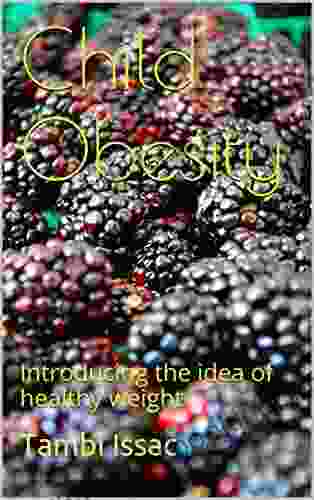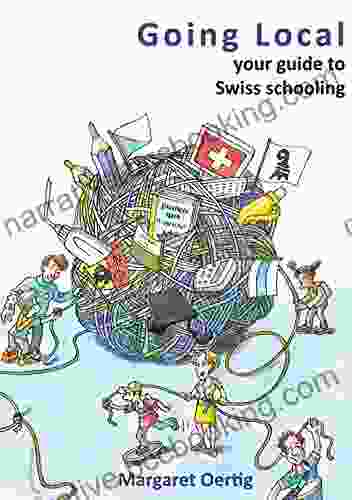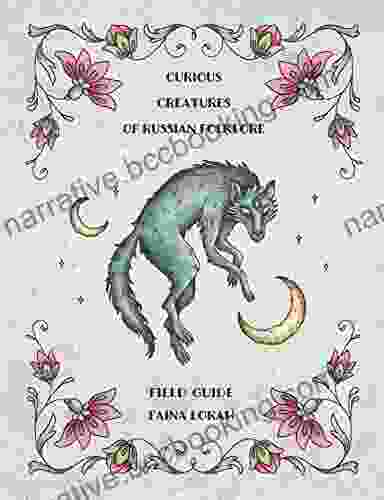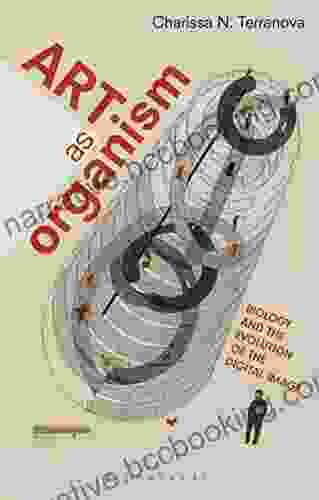Biology and the Evolution of the Digital Image: Exploring the Symbiotic Relationship

In the digital age, images have become an integral part of our everyday lives. From social media posts to scientific research, images have revolutionized the way we communicate, share information, and explore the world around us. However, behind every digital image lies a fascinating interplay between biology and technology. In this article, we will delve into the evolution of the digital image and uncover the symbiotic relationship between these two fields.
4.6 out of 5
| Language | : | English |
| File size | : | 16183 KB |
| Text-to-Speech | : | Enabled |
| Screen Reader | : | Supported |
| Enhanced typesetting | : | Enabled |
| Word Wise | : | Enabled |
| Print length | : | 436 pages |
The Genesis of Digital Imaging
The roots of digital imaging can be traced back to the early days of photography. In the 19th century, scientists and inventors experimented with capturing images using light-sensitive materials and optical devices. However, it wasn't until the latter half of the 20th century that the digital era truly began.
With the advent of computers and digital signal processing, scientists developed ways to convert analog images into digital data. This breakthrough paved the way for the development of digital cameras and scanners, which enabled the capture and storage of images in a digital format.
The Convergence of Biology and Technology
The emergence of digital imaging presented a unique opportunity for biologists to explore the visual world in unprecedented ways. By combining their knowledge of biology with the power of digital technology, researchers could now capture, process, and analyze images with remarkable precision and detail.
This convergence between biology and technology has led to the development of specialized imaging techniques, such as fluorescence microscopy, electron microscopy, and computed tomography. These techniques have enabled biologists to visualize cells, tissues, and entire organisms in three dimensions, providing groundbreaking insights into biological processes.
Digital Image Processing: Unlocking Hidden Information
One of the key applications of digital imaging in biology is the field of image processing. Using advanced algorithms and computational tools, scientists can enhance, analyze, and manipulate digital images to extract valuable information.
Image processing techniques can be used to:
* Remove noise and improve image quality * Adjust contrast and brightness * Detect and segment objects of interest * Quantify biological features, such as cell size and shape * Create 3D models from multiple 2D images
Computational Biology and Big Data Analysis
The advent of high-throughput imaging technologies has led to the generation of massive datasets, often referred to as "big data." To handle and analyze these vast amounts of data, biologists have turned to computational biology, a field that combines biological principles with computational tools.
Computational biology researchers develop algorithms and software to automate image analysis tasks, identify patterns, and extract meaningful insights from large datasets. This has accelerated the pace of biological discovery and led to advances in fields such as genomics, proteomics, and cell biology.
Image-Based Diagnostics and Medical Imaging
Digital imaging has also played a pivotal role in the field of medicine. Medical imaging techniques, such as X-rays, magnetic resonance imaging (MRI),and computed tomography (CT),provide doctors with non-invasive ways to visualize and diagnose diseases.
Image analysis algorithms can be used to detect subtle changes in medical images, enabling early detection of diseases and more accurate treatment planning. For example, deep learning algorithms have shown great promise in detecting cancer cells and classifying tumors based on their appearance.
The evolution of the digital image has been a transformative journey that has brought together biology and technology in a mutually beneficial relationship. From the early days of photography to the advanced computational techniques of today, digital imaging has revolutionized the way we capture, analyze, and interpret visual information.
As technology continues to advance, we can expect to see even more exciting breakthroughs in the field of biology and the evolution of the digital image. This symbiotic relationship promises to unlock new frontiers in scientific discovery and deepen our understanding of the world around us.
4.6 out of 5
| Language | : | English |
| File size | : | 16183 KB |
| Text-to-Speech | : | Enabled |
| Screen Reader | : | Supported |
| Enhanced typesetting | : | Enabled |
| Word Wise | : | Enabled |
| Print length | : | 436 pages |
Do you want to contribute by writing guest posts on this blog?
Please contact us and send us a resume of previous articles that you have written.
 Book
Book Novel
Novel Page
Page Chapter
Chapter Text
Text Story
Story Genre
Genre Reader
Reader Library
Library Paperback
Paperback E-book
E-book Magazine
Magazine Newspaper
Newspaper Paragraph
Paragraph Sentence
Sentence Bookmark
Bookmark Shelf
Shelf Glossary
Glossary Bibliography
Bibliography Foreword
Foreword Preface
Preface Synopsis
Synopsis Annotation
Annotation Footnote
Footnote Manuscript
Manuscript Scroll
Scroll Codex
Codex Tome
Tome Bestseller
Bestseller Classics
Classics Library card
Library card Narrative
Narrative Biography
Biography Autobiography
Autobiography Memoir
Memoir Reference
Reference Encyclopedia
Encyclopedia Chris White
Chris White Christina Mercer
Christina Mercer Chelsea Walker Flagg
Chelsea Walker Flagg Christine Chopyak
Christine Chopyak Chris Nierstrasz
Chris Nierstrasz Charles Staley
Charles Staley Cindy Dees
Cindy Dees Cidney Swanson
Cidney Swanson Christine Ann Lawson
Christine Ann Lawson Charles Dowding
Charles Dowding Christopher Bolton
Christopher Bolton Cheri Rae
Cheri Rae Christopher Paul Curtis
Christopher Paul Curtis Christopher De Bellaigue
Christopher De Bellaigue Chris Kennedy
Chris Kennedy Christopher Forest
Christopher Forest Catherine Thimmesh
Catherine Thimmesh Chris Hedges
Chris Hedges Catherine Montgomery
Catherine Montgomery Catherine R Daly
Catherine R Daly
Light bulbAdvertise smarter! Our strategic ad space ensures maximum exposure. Reserve your spot today!

 Aleksandr PushkinExplore Denver's Urban Oasis: Discover Hidden Trails, Historic Sites, and the...
Aleksandr PushkinExplore Denver's Urban Oasis: Discover Hidden Trails, Historic Sites, and the... Holden BellFollow ·13.1k
Holden BellFollow ·13.1k Dawson ReedFollow ·2.7k
Dawson ReedFollow ·2.7k Ian MitchellFollow ·7.8k
Ian MitchellFollow ·7.8k Julian PowellFollow ·19.3k
Julian PowellFollow ·19.3k Sean TurnerFollow ·19.6k
Sean TurnerFollow ·19.6k Bo CoxFollow ·6.5k
Bo CoxFollow ·6.5k Frank ButlerFollow ·6.8k
Frank ButlerFollow ·6.8k Charles DickensFollow ·12.2k
Charles DickensFollow ·12.2k

 J.R.R. Tolkien
J.R.R. TolkienEscape to the Culinary Paradise: "Truck Stop Deluxe In...
Prepare your palate for an...

 Andres Carter
Andres CarterA Taste of the Unusual: Discover the Enchanting World of...
Prepare to be captivated by "Cindy Supper...

 Nick Turner
Nick TurnerChild Obesity: Introducing the Idea of Healthy Weight
Child obesity is a serious...

 Junot Díaz
Junot DíazGoing Local: Your Ultimate Guide to Swiss Schooling |...
In the heart of Europe, Switzerland boasts a...

 Raymond Parker
Raymond ParkerSir Cumference and the Dragon of Pi: A Mathematical Fable
In the enchanting realm of...

 Thomas Powell
Thomas PowellUnveiling the Enchanting Realm of Curious Creatures from...
Russian folklore is a rich tapestry of...
4.6 out of 5
| Language | : | English |
| File size | : | 16183 KB |
| Text-to-Speech | : | Enabled |
| Screen Reader | : | Supported |
| Enhanced typesetting | : | Enabled |
| Word Wise | : | Enabled |
| Print length | : | 436 pages |










